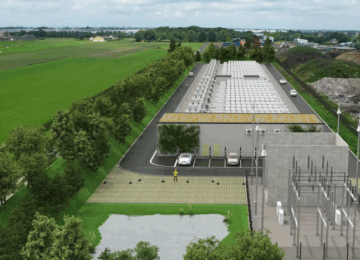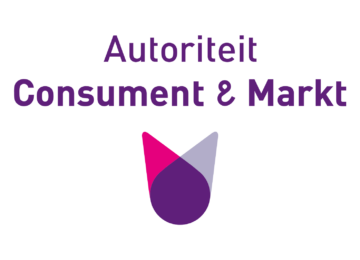Compliment of the month: ACM opens discussion on capacity mechanisms
In each month's "compliment of the month" message series, we want to highlight a stakeholder who, in his or her own way, is trying to accelerate the implementation of energy storage. For the month of April, our compliment goes to the ACM, which is explained in a recent publication which considerations are important in arriving at a capacity mechanism in the Netherlands. Energy Storage NL appreciates the proactive attitude of the ACM to start thinking about a capacity mechanism now and is happy to contribute to its further design.
Capacitance
TenneT's annual Security of Supply Monitor shows that the number of hours with an (imminent) electricity shortage is increasing. This can lead to price spikes and potentially involuntary shutdowns, resulting in major economic and social impacts. The current market structure provides insufficient incentives for investment in flexibility, and many other European countries have already taken steps to ensure that sufficient flexible capacity is available on time. The Netherlands, too, is therefore now looking at establishing compensation for having production capacity, storage, or demand response available to ensure security of supply.
Energy storage in capacity mechanisms
In its consideration of capacity mechanisms, the ACM identifies several considerations that impact the role that energy storage may play.
Strategic reserve or active market participation:
- A strategic reserve places certain capacity outside the market, including storage capacity. This limits the use of storage to emergency situations, while active market participation allows broader market integration.
Targeted capacity support versus market-wide capacity charges:
- Targeted support can specifically favor storage capacity, which is advantageous if storage is deemed critical to security of supply. Market-wide mechanisms are technology-neutral, requiring storage capacity to compete with other technologies.
Central or decentralized purchasing:
- With centralized procurement, capacity such as storage is purchased by a central party (e.g., TenneT). With decentralized procurement, market parties have to arrange storage capacity themselves, which provides different incentives for investment.
Incentives for availability:
- Mechanisms such as penalties or reliability options influence how storage capacity is deployed. Reliability options, for example, can incentivize storage to be available during price spikes.
Technical requirements and reduction factors:
- For technologies such as storage, a reduction factor (derating factor) is often applied, which determines how much of the storage capacity counts in the capacity mechanism. This affects the financial feasibility and the role of storage in the system.
ESNL: vision needed on role of storage in security of supply
The monitoring report on security of supply makes it clear that there are significant concerns about available capacity. It is evident that energy storage will play an important role in filling that capacity, but ESNL expects that the steps taken so far (e.g. TDTR, CSC) are insufficient to realize the required capacity. Other flexibility options include interconnection with foreign countries and demand-side management, but their potential is highly uncertain. Surrounding countries will experience shortages at the same times, and energy users will have limited ability to offer flexibility at times when it is most needed.
Therefore, additional measures will have to be taken to ensure continued capacity. A capacity mechanism may be an important part of the solution. From a recent analysis by Rabobank it becomes clear that countries with a capacity mechanism (e.g. UK, Italy) are leading the way in implementing energy storage. ESNL appreciates that ACM is starting the discussion on the capacity mechanism now, and calls for the storage industry to be actively involved in the development of a draft.





